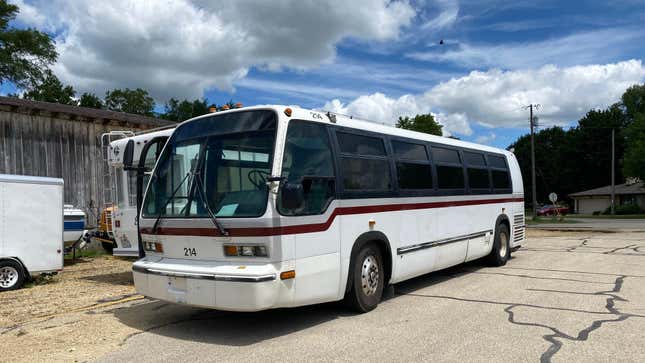
This Nova Bus RTS was never made to do much more than haul people around a city. Yet, it just handled the 1,200-mile journey home from Texas better than the Chevrolet HHR I rode in to pick it up.
Readers have been begging for an update on my school bus camper build and I finally have a big one to deliver, albeit it may not be what you’re expecting.
Back in March, I accidentally stumbled upon a treasure trove of General Motors’ swan song of transit buses, the Rapid Transit Series (RTS). I was originally searching for cars for my weekly Dopest Vehicles articles but I was intrigued by the number of buses for sale all in one place. The RTS hasn’t been in production for years and it’s rare to see even a single one for sale. But here were a bunch of them and they all wore the same livery.
Through some research I discovered that Texas A&M University is offloading an entire fleet of RTS units built by Nova Bus through GovDeals.
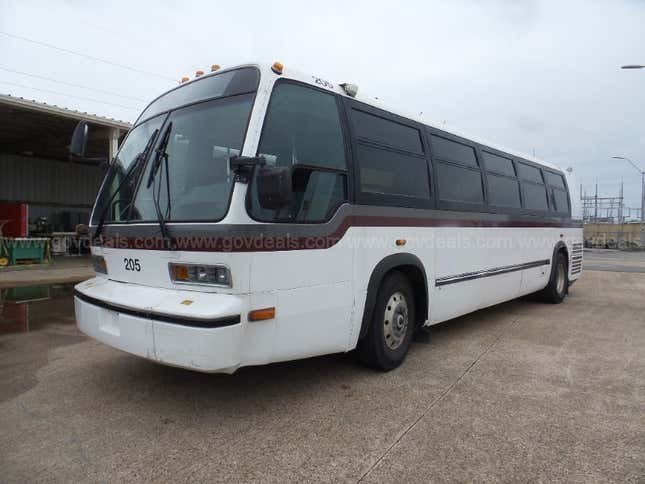
The university owned them since new and these buses spent the past two decades carting students around to school, events and even weddings. These units served the university well, but they’re getting old and the mileage on their odometers isn’t getting any lower. The school is replacing these with new buses, including some fully-electric buses.
These old RTS buses are now finding homes all around the country with enthusiastic people wanting to keep a rare bus on the road. But why would anyone care about an old, high-mileage transit bus?
The story of the RTS begins in the 1960s with, as Curbside Classic reports, General Motors creating an innovative transit bus of the future. GM produced the Rapid Transit Experimental demonstrator in 1968. The triple axle beast had plastic panels, a very ’70s interior and was powered by a gas turbine. However, as Curbside Classic notes, these buses were expensive and by the time the RTS entered production as the RTS II, the third axle and turbine engine were dropped.
Many other innovations remained like a stainless steel unitized body built in five-foot sections, plastic exterior panels and even acrylic windows. And look at the thing, how many buses look this cool nowadays?


Unfortunately, early RTS-IIs were plagued with issues from engines that overheat and air-conditioners that failed to doors that won’t close. Look around on forums and you’ll even find drivers complaining about cracking engine cradles, too.
In 1987, GM sold off its bus division, letting Transportation Manufacturing Corporation carry the torch until 1994 where Nova Bus picked up the scraps. Even Nova Bus didn’t hold onto the buses long, selling to Millennium Transit Services in 2002, where the RTS eventually died with MTS’ 2009 bankruptcy. Fans of the RTS try to save them from the scrapyard to keep a part of GM’s rich transit history alive.
My RTS, unit 214 for Texas A&M, is one of the last to roll off of the Nova Bus line in 2002. My fiancée and I hopped into her Chevy HHR last weekend and drove 18 hours south to Austin, Texas, to pick it up.
The bus turned out to be another dream come true.
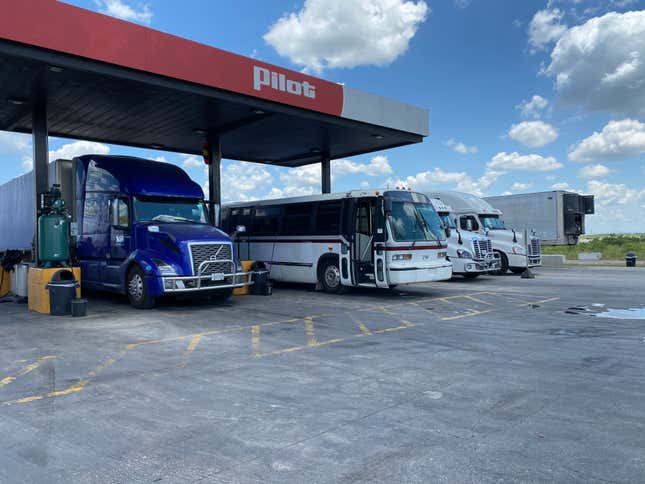
It drives far better than a school bus, has an impressively tight turn radius and you travel in comfort in icy cold air-conditioning. This bus will be even better for the camper project with its wheelchair ramp and secure points in the interior that will make for a great place to park a motorcycle or two.
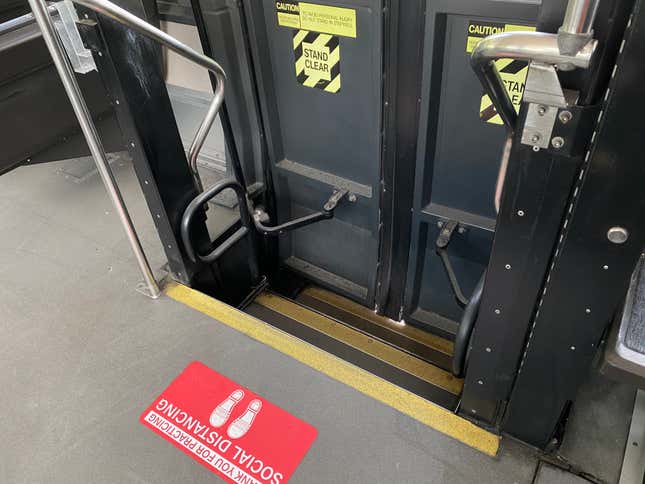
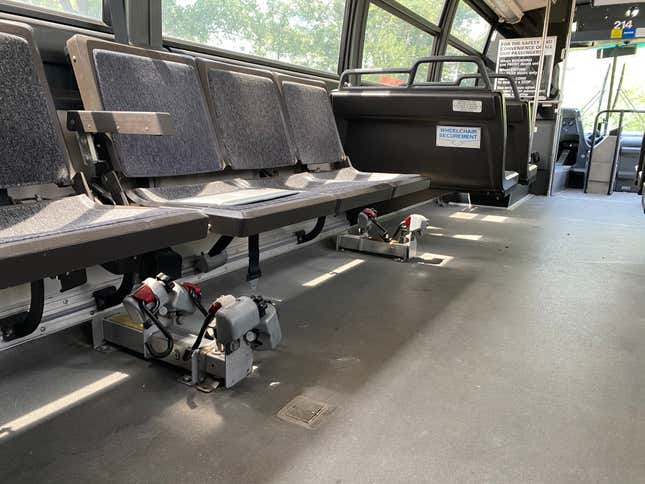
Power is provided by a Detroit Diesel Series 50. It’s an 8.5-liter turbocharged four-cylinder making at least 250 horsepower and it’s paired to a five speed ZF 5HP592C.
The bus even has a higher top speed than my old school bus as it’ll easily reach and exceed 70 mph. And I get to do it from the comfort of a Recaro air seat.
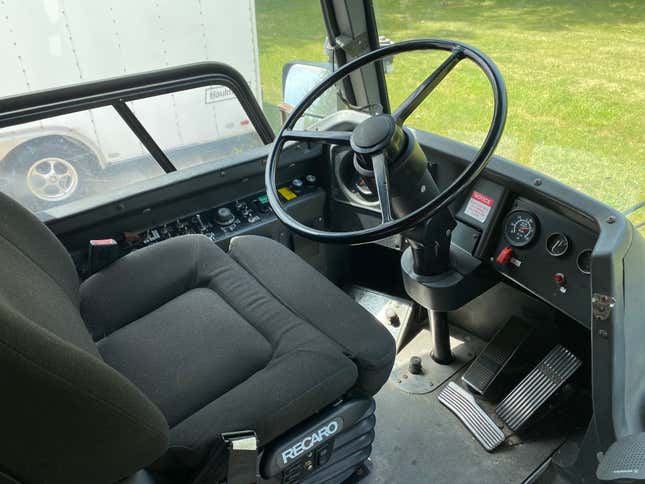
Unfortunately, not all appears to be well with this unit. Only a few miles into our drive home and the low oil pressure alarm started blaring at about 70 mph. That was odd, as the seller never mentioned anything about low oil pressure and even showed that it passed an independent inspection.
It was 98 degrees in Austin that day, so we thought that maybe the heat was too much for the speed I wanted to go. To make matters worse, the ECU’s programming shuts the engine down if it reads low oil pressure for too long. The bus stranded itself and blocked traffic for a while. I later discovered an engine overrule switch that overrides the engine protection system and keeps the engine running.
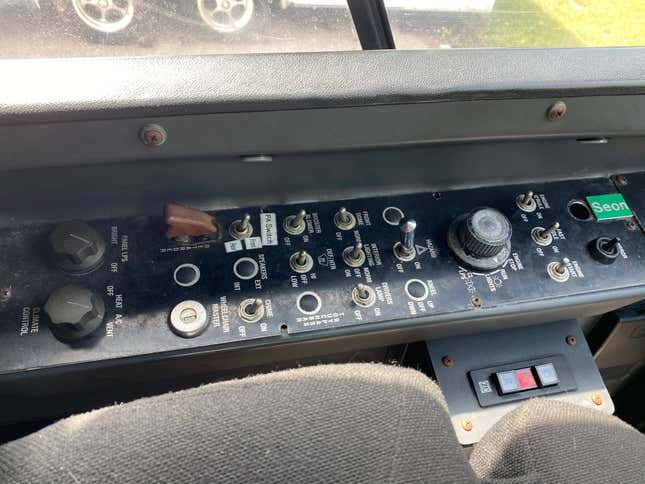
Sadly, I’d spend much of the trip hitting that button as the oil pressure warning would come on at completely random times, but only at speeds above 60 mph and temperature didn’t really matter. Remember this for later.
Things were worse for my fiancée, as her Chevy HHR started failing in various ways in the heat. The HHR lost its air-conditioner, overheated and much of the dashboard’s electrics stopped working. It spent the rest of the trip experiencing weird electrical failures that persist today.
But the pair of vehicles marched on through heat and mountain climbs. I’m most impressed with the bus. It’s spent its entire life doing city duty, now it’s traveling the country.

The road trip ended in perhaps the most dramatic way possible. We drove straight into a powerful thunderstorm that triggered tornado warnings in every city we passed through.
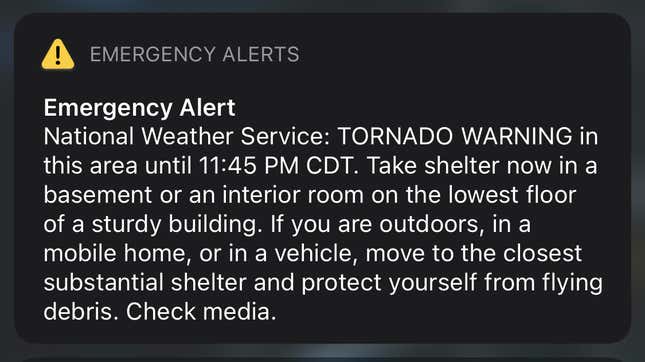
In a completely boneheaded move, we pushed onward anyway and eventually came upon a highway interchange with what appeared to be an ominous red cloud directly past it. Sure enough, there was a massive debris field at the other end of the interchange and that red cloud? That was a confirmed tornado.
Amusingly, the RTS is so heavy that when I hit a sizable tree limb it practically exploded without damage to the bus.
Thankfully, we made it home safe and the bus still drives like a beast. I’m beginning my research into the random oil pressure warnings and I’m ending up with more questions than answers.
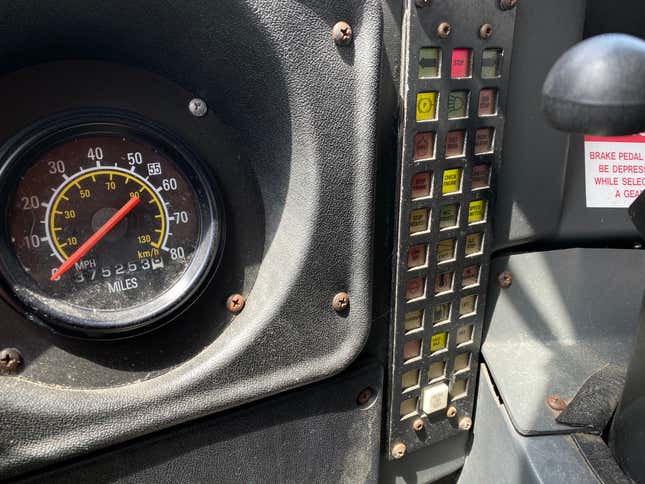
The bus is supposed to have an electronically-limited top speed of 62 mph, but mine races on to 70 mph on a GPS (65 mph indicated) before the limiter kicks in. Sometimes the limiter doesn’t seem to work and the bus tops out at 75 mph. It also blows way more black smoke than I think it should. It barely drank any oil on the trip home, so it’s not like it’s blowing oil past the rings. Tires are of stock size and I don’t think that Texas A&M would have installed different rear end gears.
I contacted a good friend and heavy diesel mechanic and he thinks that the ECU may have been tuned or replaced. If so, the engine may be running faster and harder than its designed to, which could explain the oil pressure errors and smoke. I will have to find and check the ECU, but first I will run oil pressure tests and replace the cheap sensor. Oil tests reportedly show a higher than normal amount of lead, but I will have to see what the exact numbers are. Too much lead and a different explanation for my low oil pressure could arise: worn bearings. In the meantime, I’ve just been keeping it at 60 and below. Surprise, no oil pressure warnings.
Hopefully I can resolve this issue easily because I can’t wait to tear out the seats and build it out. I even have a plan for hiding these giant wheel wells with a countertops and a sink. I guess I’ll have to make a little dog house for my chihuahua, too, as he seems to adore the RTS.
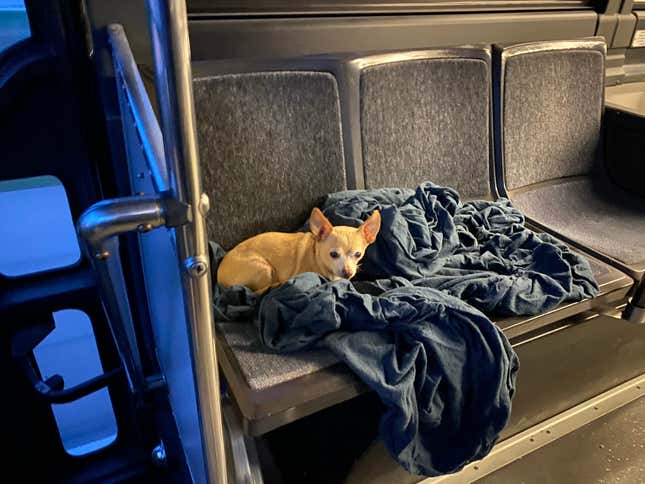
As for the old bus, I finally tracked down its electrical issues and fixed some of the rust, which I will detail in an upcoming post.
Assuming the RTS turns out to be healthy enough, we’ll take the old bus on a trip before we send it to a new home. Stick around because I’ll certainly have more bus stuff to come! If you’re interested in owning a piece of GM’s transit bus history, the last Texas A&M units to be taken out of service — hopefully with good oil pressure — can be found at GovDeals!